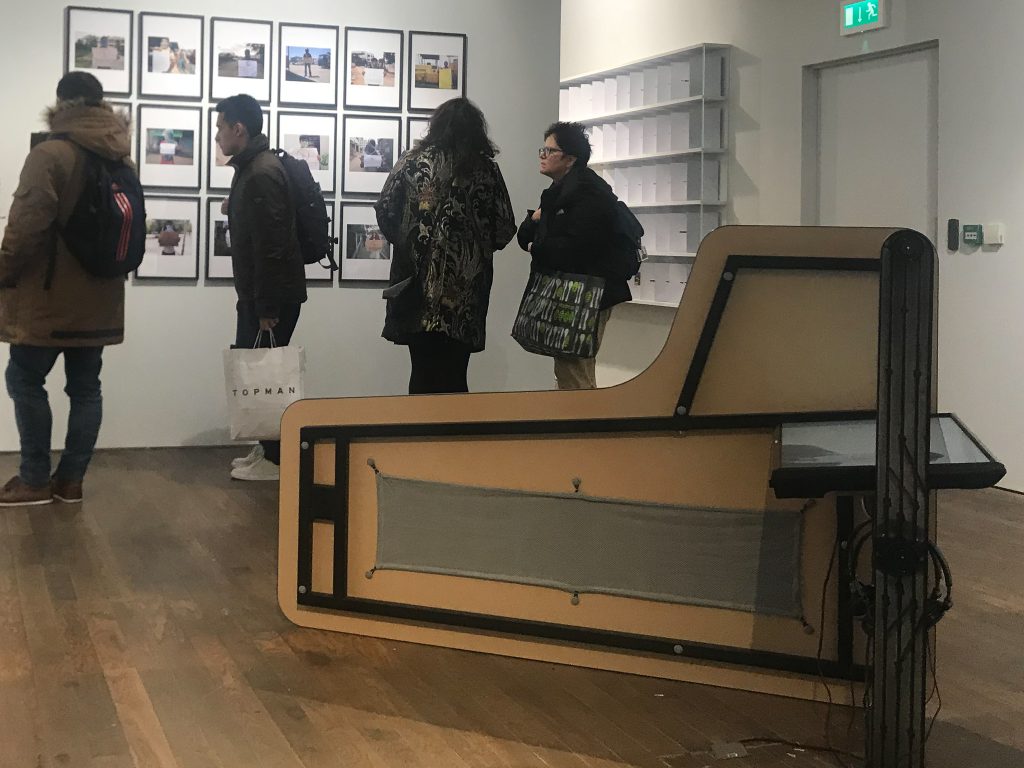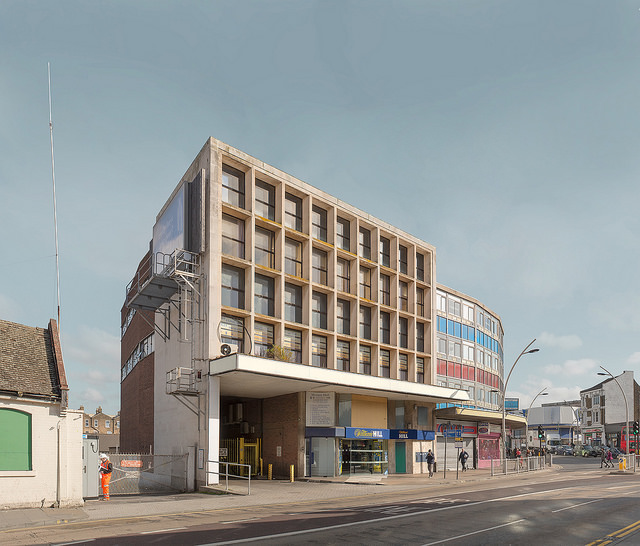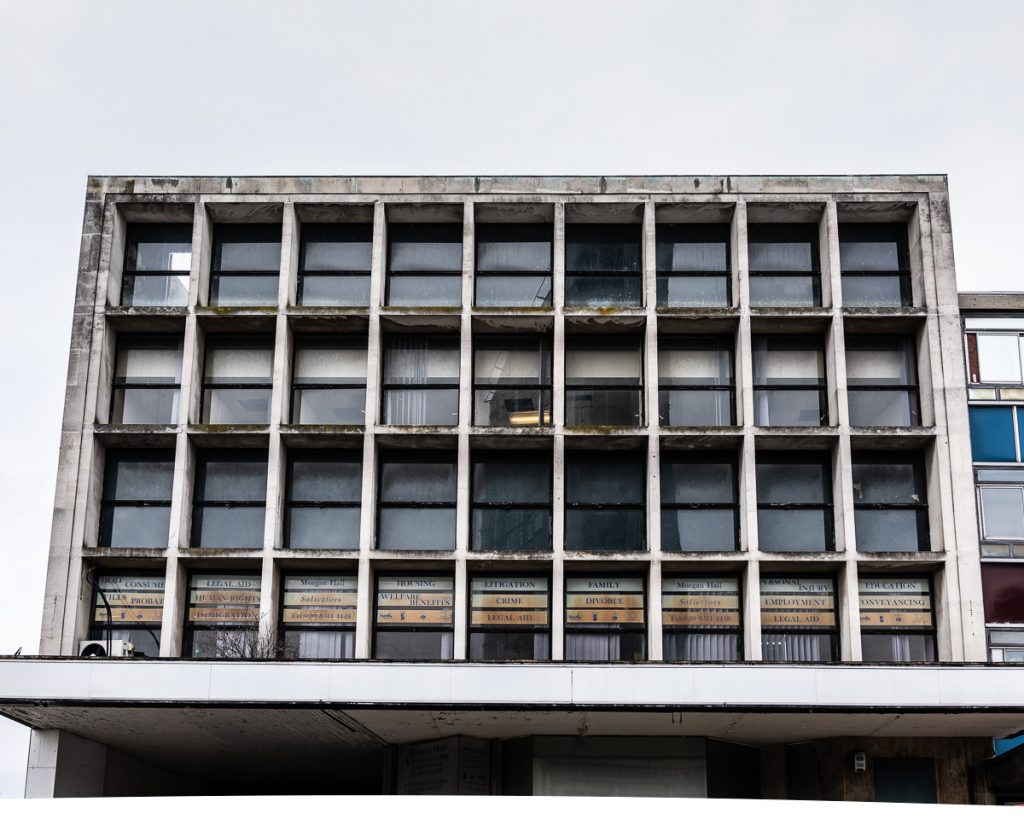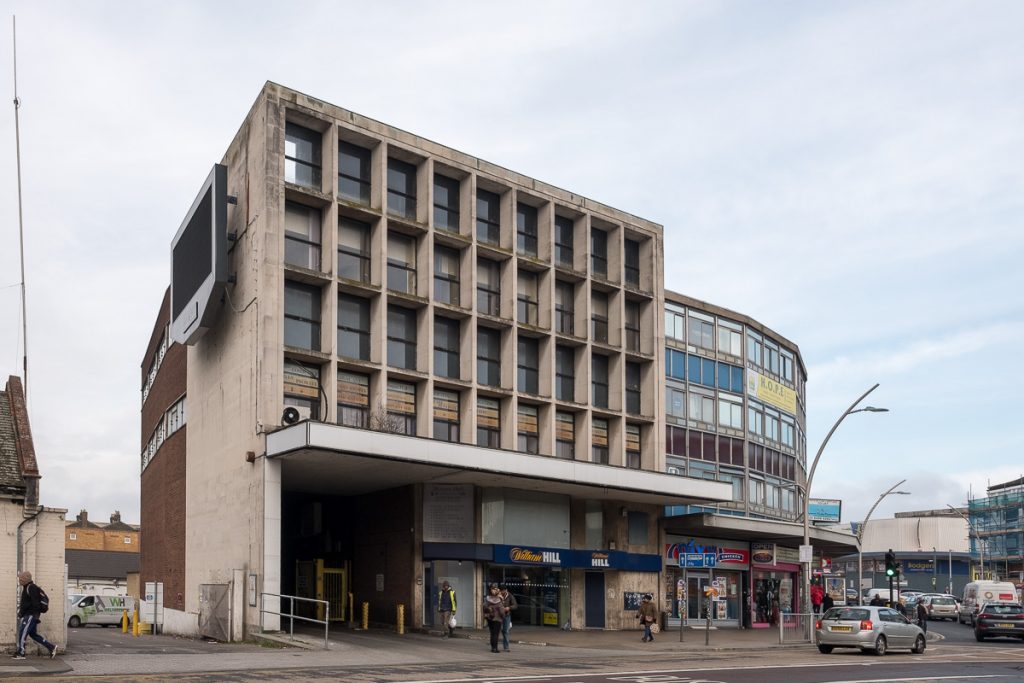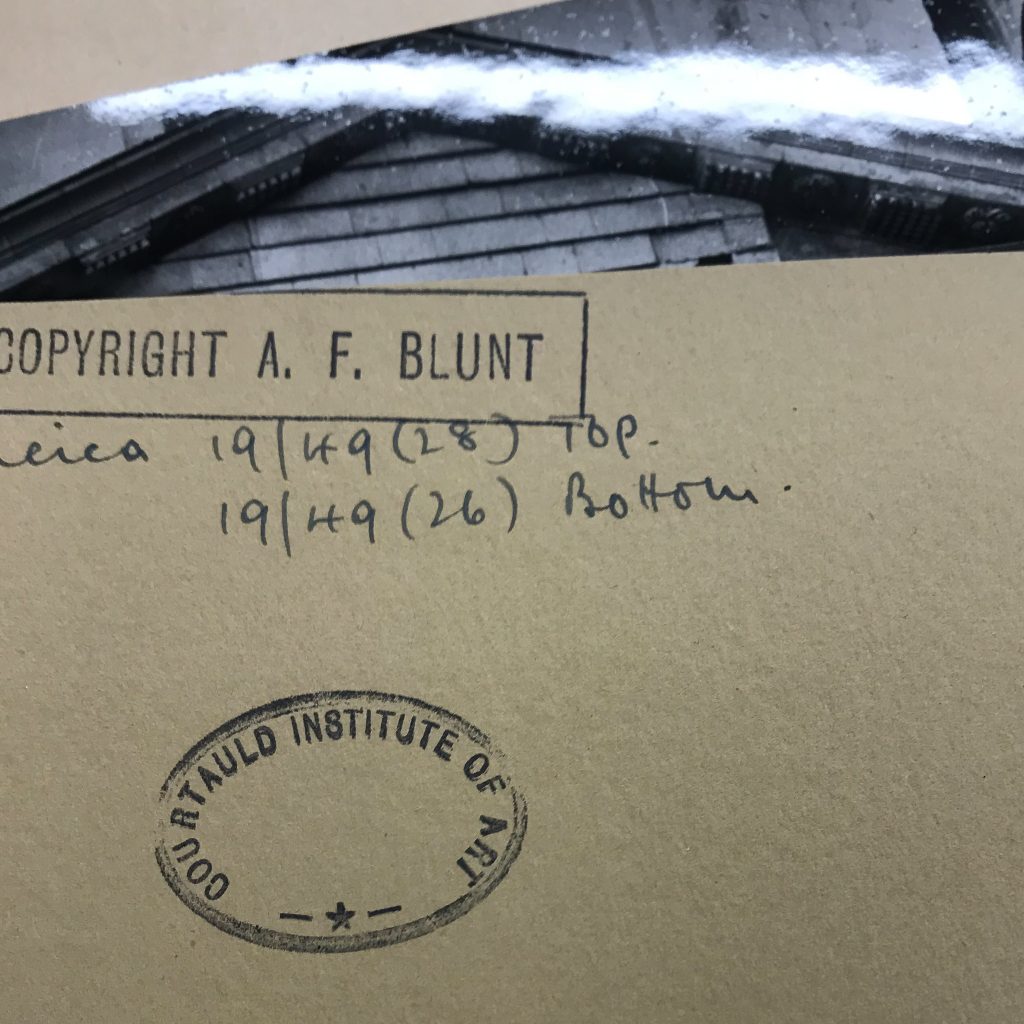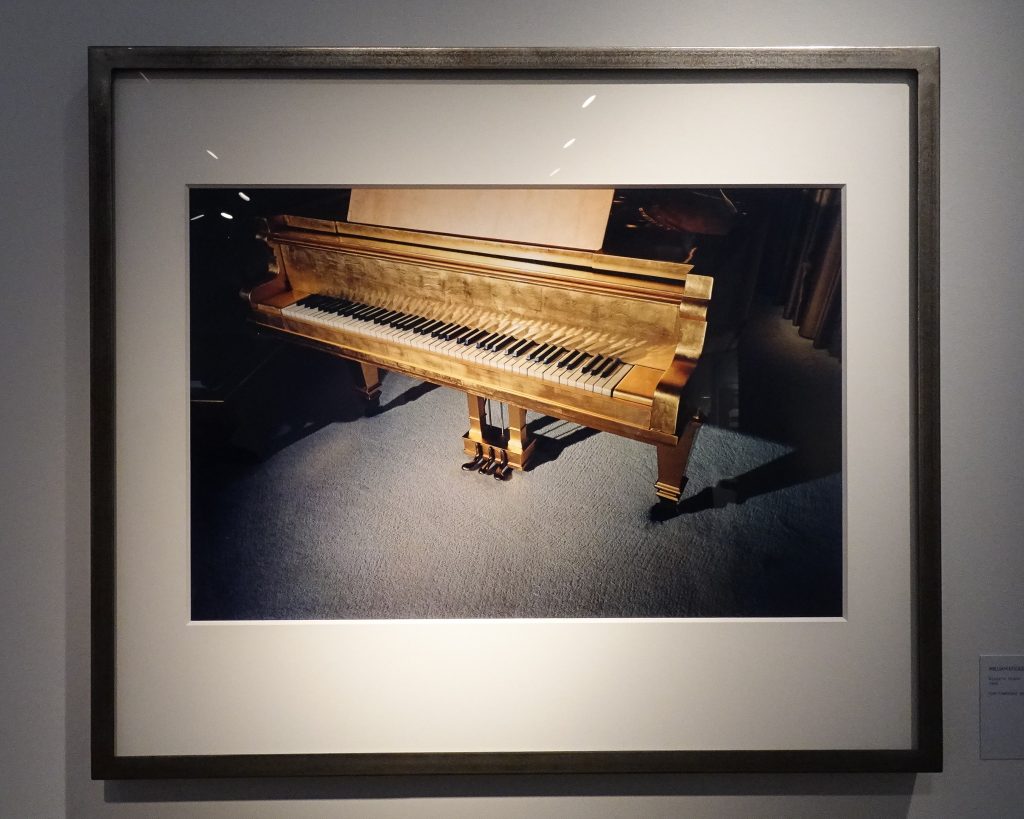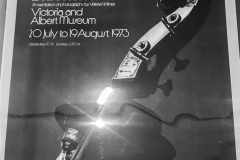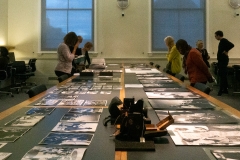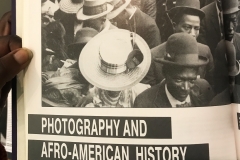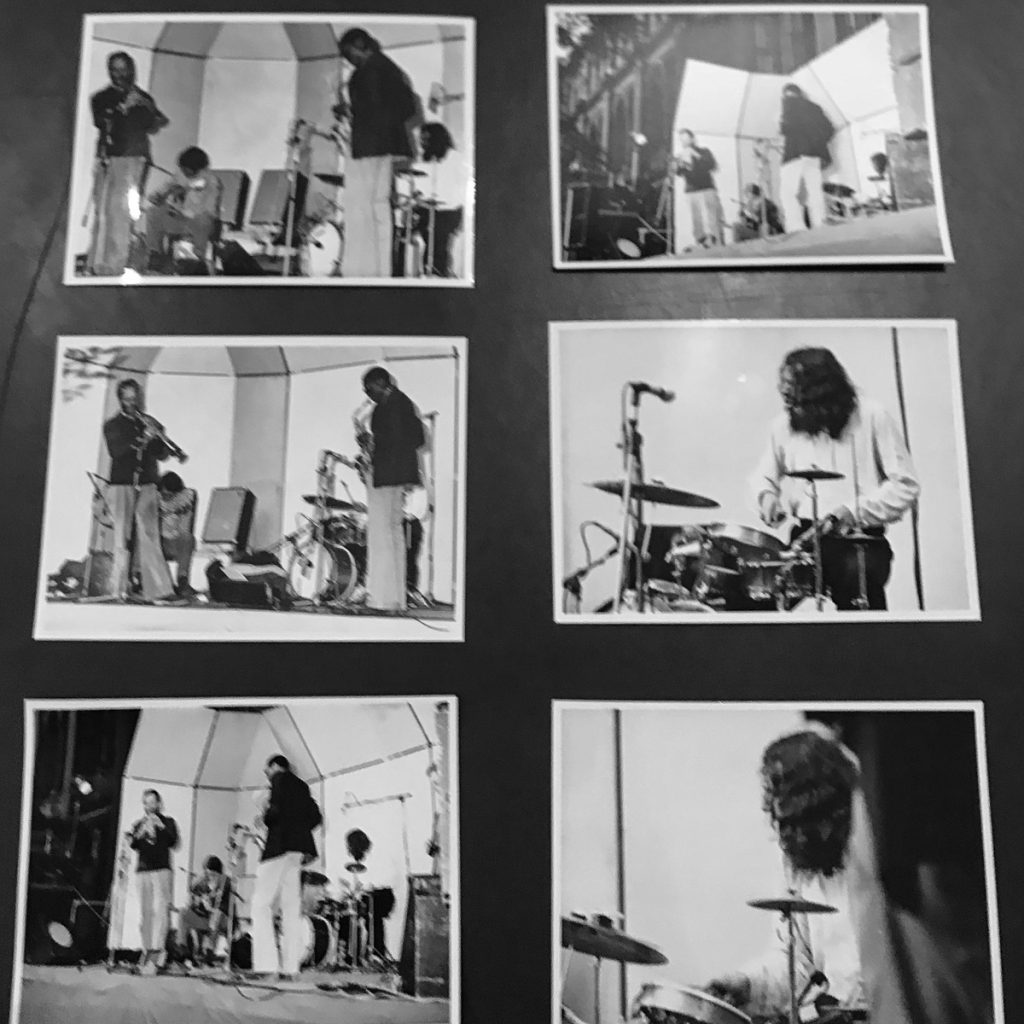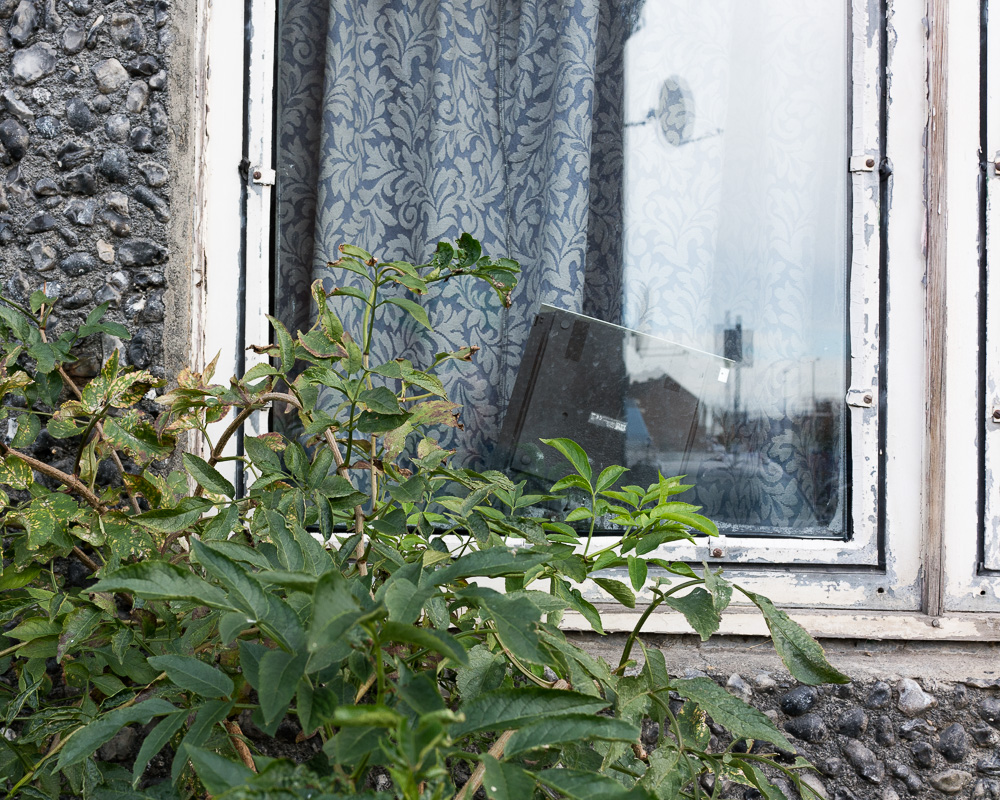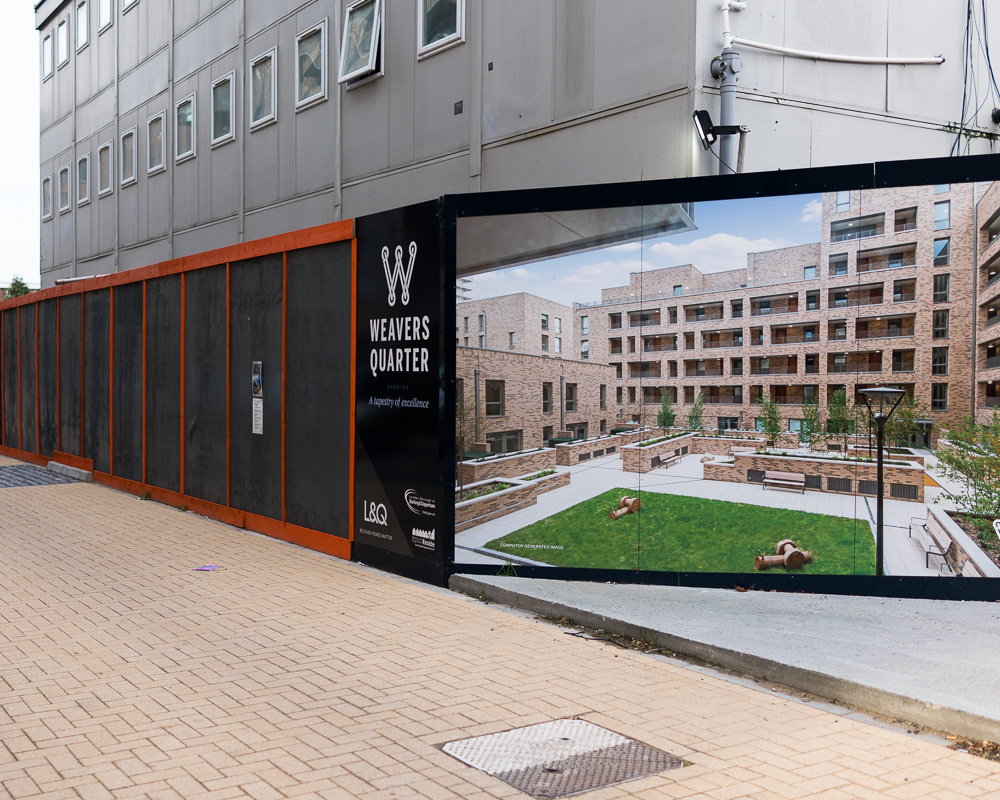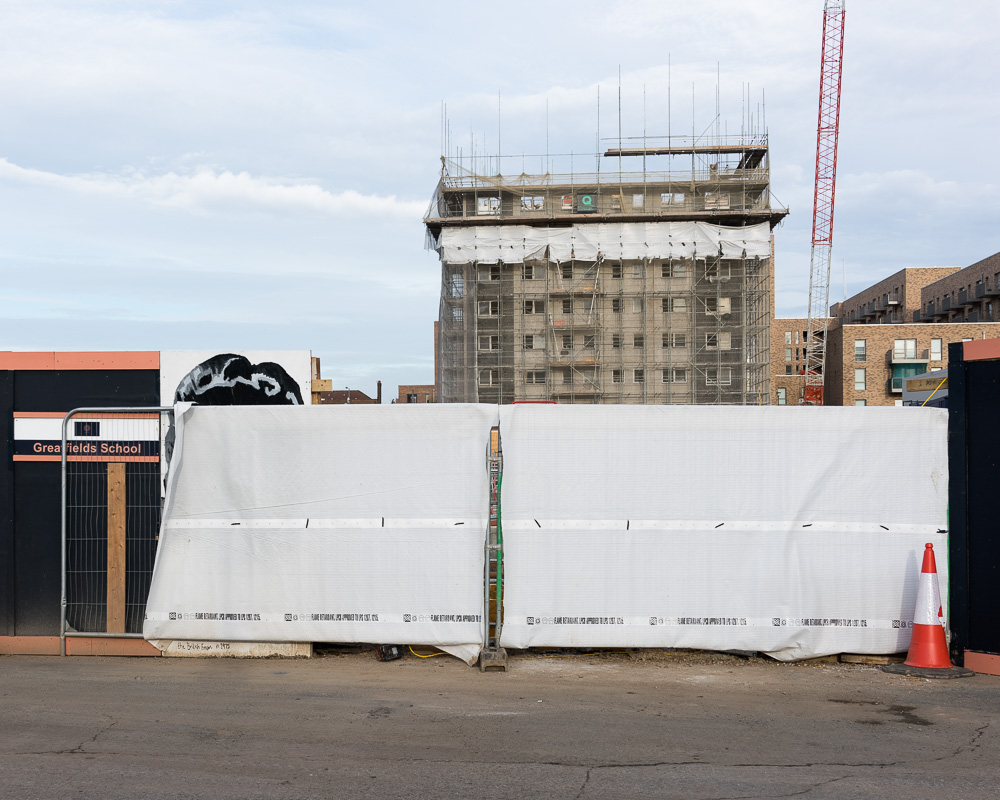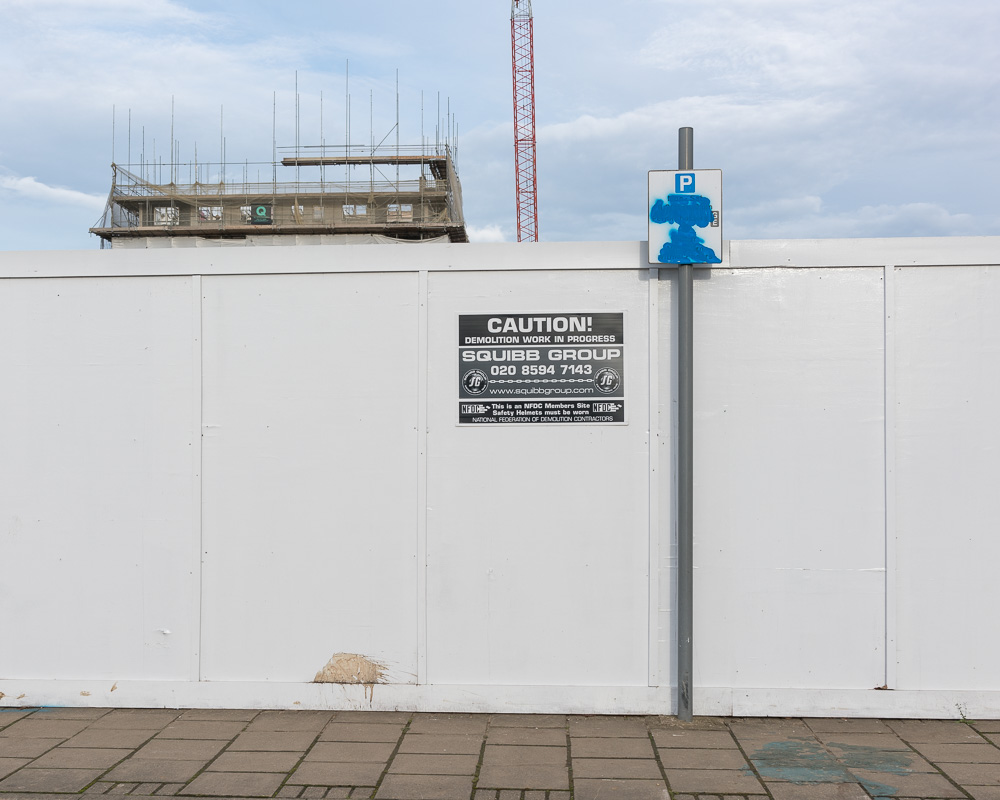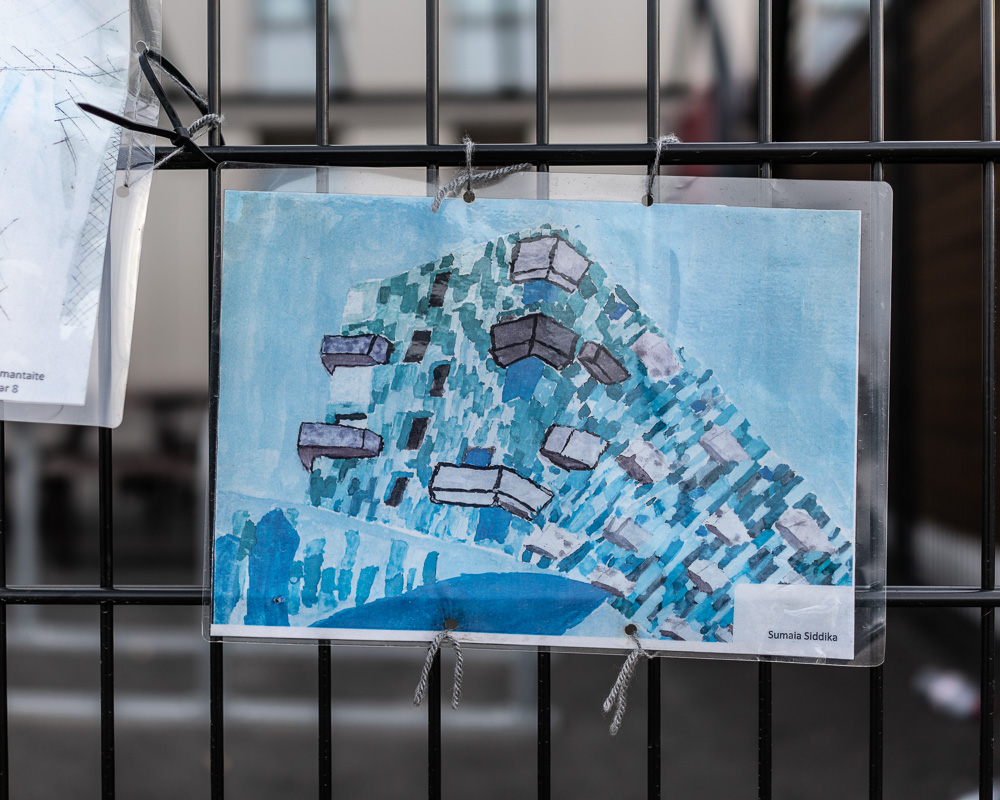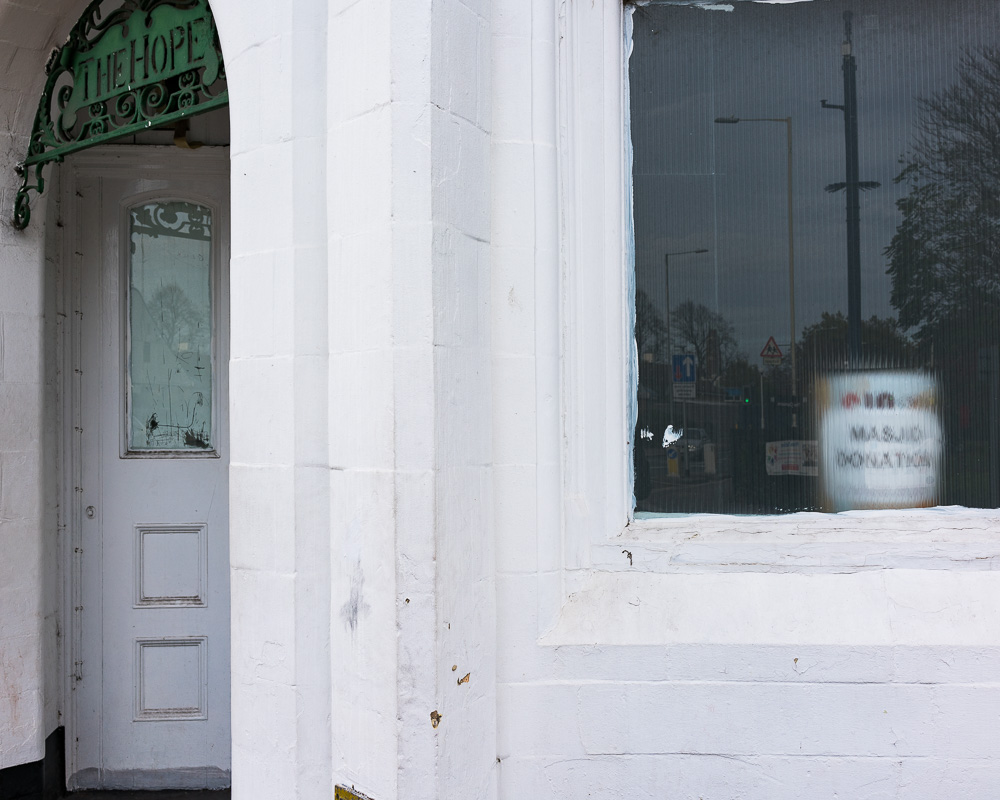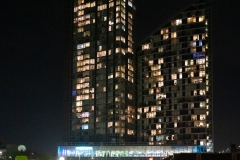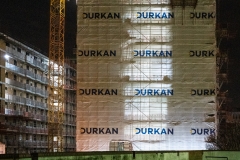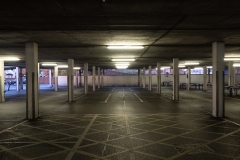Important to get working on image making as quickly as possible before the next module. Advanced a number of possibilities in the past week.
Newham Partnership for Complementary Education
Thursday, 22nd November 2018, Mansfield House, 30 Avenons Road, Plaistow, London E13 8HT.
Meeting with Martin Pinder to discuss possible photographic work with complementary education groups in east London (follow up to Creating Connections event). Agreed on the following:
1. Make some images of the Ramgarhia Education Centre in Forest gate, exploring the building and how it is used (eg. the three complementary schools that run there at the weekend). Exploration of how the community reconfigures space for learning fits with the social infrastructure focus of my project. Martin to put proposal to Centre leadership.
2. Work with one complementary school to document and explore what they are doing. We talked about a Bangladeshi group, but open to any suggestions (not to overlap with groups participating in 3).
3. Talk with Layal Hussain about how photography might fit with her UEL PhD project ‘Growing up Bi-lingual’ with complementary schools in Newham , which might entail making images over an extended period of time as the project develops.
4. Get down to the proposed Asian Business District in the Albert Docks and see what’s going on. Follow up contacts with local community provided by Martin.
Thames Ward Community Project
Friday, 23rd November 2018, Barking Riverside.
Meeting with community organisers Matt and Jamie and members of the the residents’ group to take a tour around Barking Riverside and neighbouring estates, and learning about the work of the project. Thames Ward Community Project (TWCP) is a lottery funded project with 4 outcome priorities: health, environment, skills and cohesion and the aim to set up a Community Development Trust. Thames Ward is located south of the A13 and bounded by the Thames and River Roding. The ward is London’s largest growth area (and one of the largest in Europe) and includes Barking Riverside, a partnership between the Greater London Authority and London & Quadrant Housing Trust Limited to build 10,800 properties. Barking and Dagenham Council’s growth strategy (aka no resident left behind) indicates a wider ambition of building 60,000 homes, most of which will be in the wider Thames Ward area, giving rise to a new residential area of equivalent in population to Derby.
Photographic opportunities discussed include making images of members of the local community and exploring their relationship with the locality, and forms of social infrastructure (including community projects and services). The longer established estates have well-developed social infrastructure, but this is challenged by the development of the the new housing estates, in which developers have given little attention to social infrastructure. Photographs could be used in both an exploratory manner (in gaining insight into the community, its aspirations and its responses to development) and in advocacy (by TWCP and resident groups). Matt and Jamie are thinking through possibilities and we’ll meet to discuss.
The scale of the development is indicated by the ‘Barcelona on the Thames’ campaign and projection.
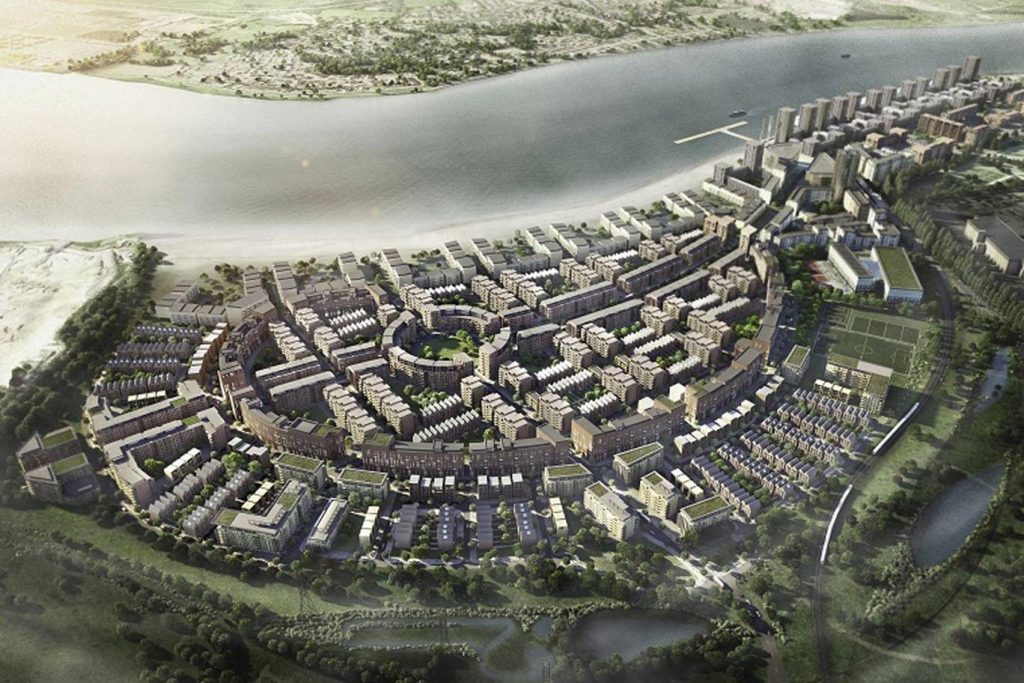 (Image from https://barkingriverside.london/)
(Image from https://barkingriverside.london/)
As the photograph of the site, taken on Friday evening, shows, there’s a long way to go.
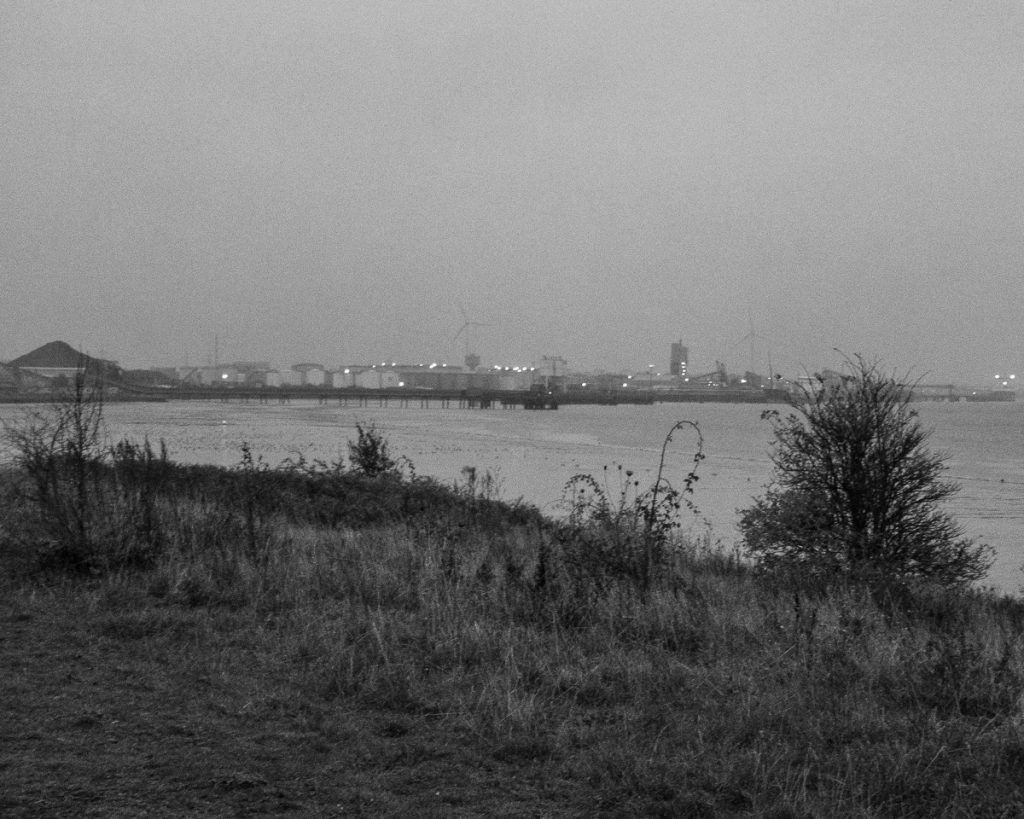
JustSpace
Meeting this week with Leslie Crosdale (MSc student) to discuss the development of a social media campaign to promote the responses of residents’ and community groups to the London Plan. Likely to involve photographs of the activities of groups across London.
ESRC Urban Displacement Project
Friday, 23rd November 2018.
Met with Adam Elliott-Cooper (KCL) to discuss photographic work relating to the interviews being conducted with residents on six London estates, exploring experiences, opinions and feelings of displacement, or the threat of displacement. The estates include the Gascoigne in Barking and Carpenters’ Road in Stratford, where I have done some preliminary work. Adam to set up meetings with residents in December.

